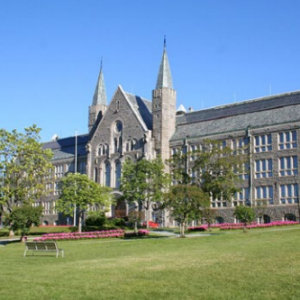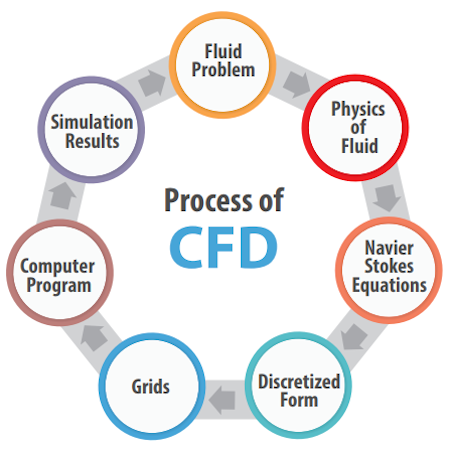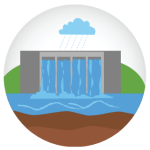Strategic Engineering Relationship
With the Norwegian University of Science and Technology (NTNU)
 Since 2015, the company has established a strategic engineering relationship with the Norwegian University of Science and Technology (NTNU) to perform prototype testing and third-party full-scale computer dynamic simulation modeling.
Since 2015, the company has established a strategic engineering relationship with the Norwegian University of Science and Technology (NTNU) to perform prototype testing and third-party full-scale computer dynamic simulation modeling.
This has produced repeatable data that supports the increased turbine inlet water velocity created by controlling hydraulic transient dynamics.
The Norwegian government sponsors the NTNU research, as approximately 96.1% of Norway’s power comes from hydro-electric facilities. Established in 1906 the Hydro Power Laboratory at NTNU consists of various pipe-loops pressurized though centrifugal pumps.
In addition, to conventional closed loop test circuits, the laboratory is equipped with an upper free surface reservoir which is unique and gives a great deal of flexibility. NTNU has advanced the technology significantly and provides one of the unique facilities in the world for conducting research on hydropower projects.
Research at the laboratory consists of:
- Design of machinery and components, evaluations of technology and development of theory
- Calculation of stability and safety margins
- Testing of materials and turbines
What is CFD Analysis
Computational fluid dynamics (CFD) is a branch of fluid mechanics that uses numerical analysis and data structures to analyze and solve problems that involve fluid flows.
Computers are used to perform the calculations required to simulate the free-stream flow of the fluid, and the interaction of the fluid (liquids and gases) with surfaces defined by boundary conditions.
With high-speed supercomputers, better solutions can be achieved, and are often required to solve the largest and most complex problems.

CFD and the Pelton Nozzle
More specifically, with regards to the current Pelton nozzle, NTNU has done CFD analysis to:
- Investigate various pressure levels
- Determine the influence of other equipment, (connectors, pipe bends)
- Research the optimal pulsating frequency
- Measure the effects of added air stream
- Validate results
- Measure flow rate, velocity, torque, runner speed and inlet pressure
- Calculate power output and turbine efficiency
In addition, they have redesigned a new nozzle and hydraulic system, simulate the existing turbine design and made modifications to optimize the system.
NTNU is the primary university responsible for educating Norway’s engineers and technical experts. More than 340 doctoral degrees were awarded in 2018.
NEXT:

